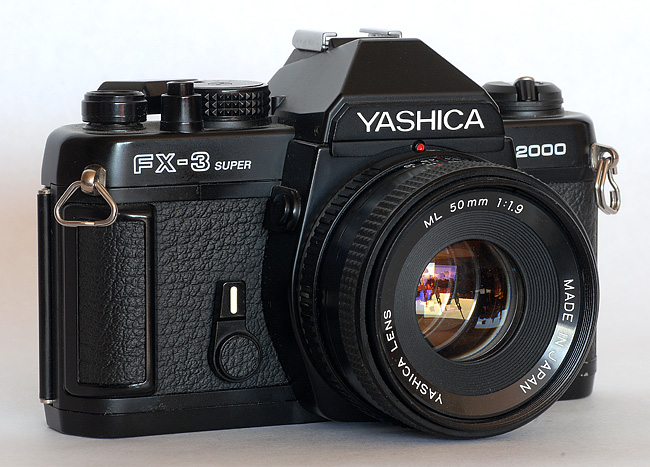 This was my second camera and my first SLR. It’s also one of the few I ever bought brand new. The year was 1989, and I knew I wanted something basic — no auto focus, auto exposure, no auto anything. But by the end of the 1980s, the world had moved on from the era of the all-manual SLR and few options remained. The only ones I knew about were the venerable Pentax K1000 and this camera, made by the Japanese manufacturing giant Kyocera.
This was my second camera and my first SLR. It’s also one of the few I ever bought brand new. The year was 1989, and I knew I wanted something basic — no auto focus, auto exposure, no auto anything. But by the end of the 1980s, the world had moved on from the era of the all-manual SLR and few options remained. The only ones I knew about were the venerable Pentax K1000 and this camera, made by the Japanese manufacturing giant Kyocera.
When I walked into my local camera store that April day long ago, I knew very little about Yashica cameras, but I liked the look of the FX-3 and it seemed meet all my needs. Besides, they didn’t stock the Pentax. Sold! I paid $300 for the body along with a 50mm f/1.9 lens, and never looked back. For more than a decade, the Yashica was my workhorse camera and it served me very well. In fact, the only other camera I used concurrently was my Petax Espio Mini (reviewed here), which I bought years later when I wanted something more pocketable than a full-up SLR.
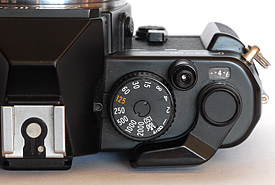
The FX-3's controls are pretty standard. The main dial on top is used to set the ISO and select the shutter speed.
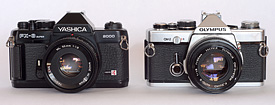
The FX-3 compared to the compact Olympus OM-2. The Yashica is a few millimeters thicker, but considerably lighter than the Olympus.
The FX-3 has two main virtues. First, it’s simple to use and, second, it’s very lightweight. With its 50mm lens it tips the scales at 588 grams (19 ounces), which makes it the lightest SLR in my collection. As for ease of use, the FX-3 is a pretty typical all-manual camera. The shutter dial is on the top plate next to the film advance lever, and the aperture control is on the lens. Shutter speeds go all the way up to 1/2000 second (hence the “Super 2000” designation). Metering information is presented via a trio of LEDs visible in the viewfinder. A red minus symbol (–) means you’re under exposed, a red plus (+) means overexposed, and a green light means you’re okay. Green and plus means slightly over exposed, green and minus means slightly under. Simple and quick.
The camera utilizes two, readily available LR-44 batteries for the metering system. That means that if the batteries die, you can still use the camera with the Sunny 16 rule. That’s one of the great virtues of a fully manual, mechanical camera. And for those more acquainted with the battery consumption habits of digital cameras, it’s probably worth pointing out out that tiny batteries in cameras like the FX-3 usually last more than a year.
Like many SLRs, the Yashica has a mirror-lock-up built into the self-timer. So, when you engage the self-timer and press the shutter release, the first thing that happens is the reflex-mirror goes up. By the time the shutter fires (10 seconds later), the mirror-slap vibrations have long since died off. I really like this implementation and wonder why all cameras don’t do it this way. (Yes, Olympus OM-1 & 2 — I’m talking about you!)
Criticisms? No camera is perfect and the Yashica has a couple of foibles. Its build quality probably isn’t up there with the best Nikons and Olympus professional OMs. That said, my FX-3 has never failed me and has has worked flawlessly with every roll of film that has passed through it. Some might find the clatter of the shutter mechanism annoying, but it’s pretty typical for a mechanical SLR. Certainly, I’ve heard worse. The aperture control on the Yashica lenses takes a bit of getting used to as well. With most brands (at least on Nikon and Olympus), the aperture numbers increases as you turn the ring from left to right. On the Yashica, it’s opposite. Not really annoying, just idiosyncratic. From time to time I also lament the lack of a depth-of-field preview, but it’s not a biggie for the kinds of photography I do.
One quirk I discovered while taking very long-exposure night-sky shots is that it’s a good idea to disable the light meter by removing the batteries. If you don’t, the red “minus” symbol stays lit, and if your exposure stretches to several minutes, eventually enough of the LED’s light will bleed onto the film to produce a dim, red glow on one edge of the picture. Most people would likely never encounter this problem, but if you like to do astrophotography (as I do), then it’s something to be aware of.
In addition to the 50mm lens mentioned earlier, I also have the 28mm f/2.8 and 135mm f/2.8 Yashica lenses. They seem to work fine — I’ve never noticed a difference in image quality in the photos taken with these lenses compared with those captured with Nikon or Olympus gear, though I haven’t done an exhaustive test. But if you’re leery of Yashica glass, you can always move up to the pricey-nicey Zeiss/Contax lenses, which utilize the same mount. Indeed, the Yashica SLRs offer the lowest price of admission to these reputedly excellent lenses.
The bottom line on the Yashica FX-3 Super 2000 is that it’s a very capable, lightweight, all-manual SLR camera. The fact that it’s not one of the big names (Nikon, Olympus, Pentax, or Canon) means you can often pick up a body and lenses for a song at garage sales and on eBay. If you get the chance, try one out, I think you’ll find its many virtues make it a very useful photographic tool. It might even become a favourite of yours too.

Buzz the cat in full relaxation mode.
(Camera: Yashica FX-3 Super 2000; Lens: Yashica 50mm f/1.9; Film: Fuji Super HR 400)
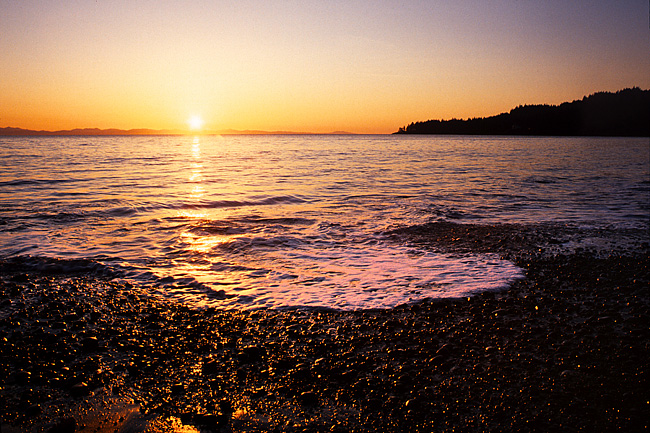
Sunset at French Beach Provincial Park, Vancouver Island, B.C.
(Camera: Yashica FX-3 Super 2000; Film: Fuji Sensia 200 transparency)
You can find several more photos taken with this camera on this web site, including this one and this one.
Did you find this article interesting or helpful? If so, consider using this link the next time you shop at Amazon.com. Better yet, bookmark it for future use. Thanks to Amazon’s associates program, doing so costs you nothing yet helps keep this site up and running. Thanks!

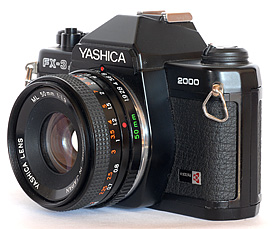
 Subscribe with RSS
Subscribe with RSS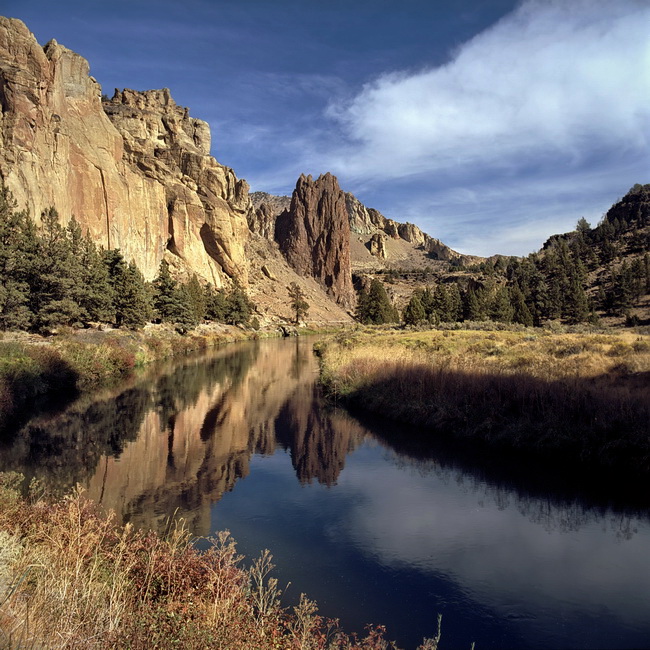
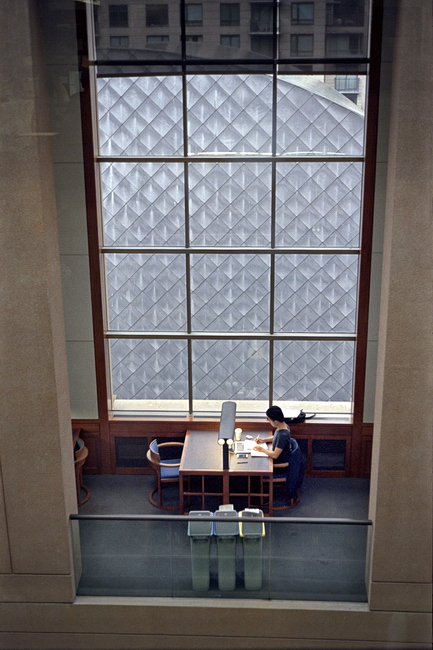
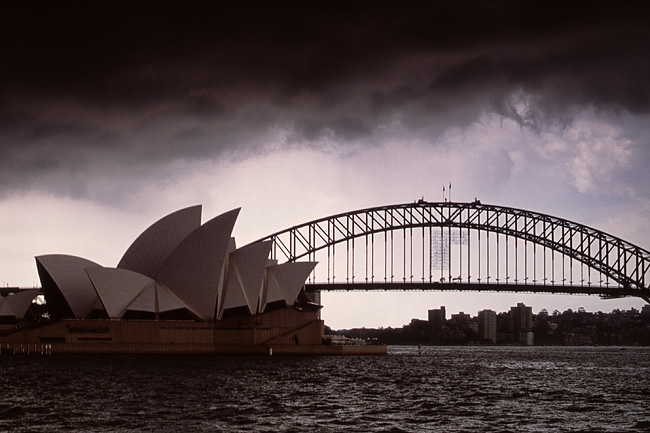
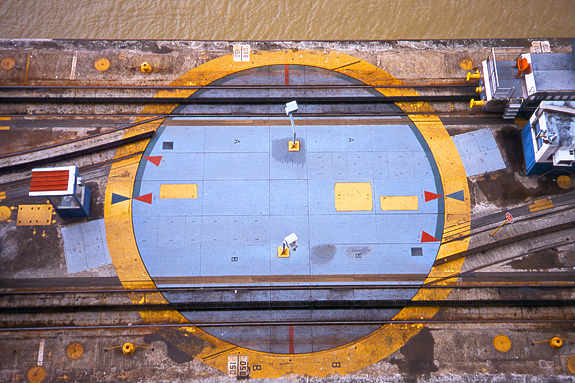
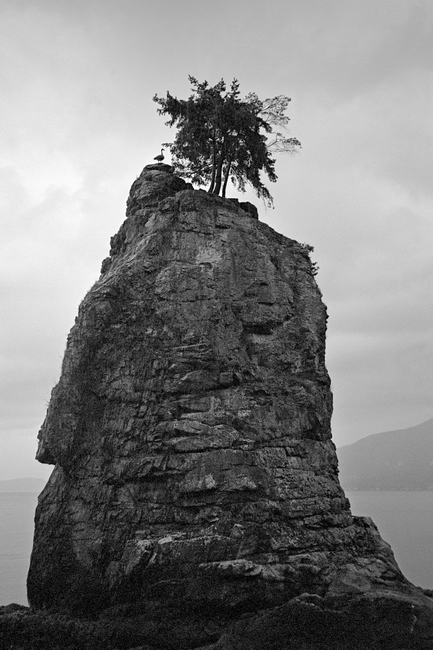
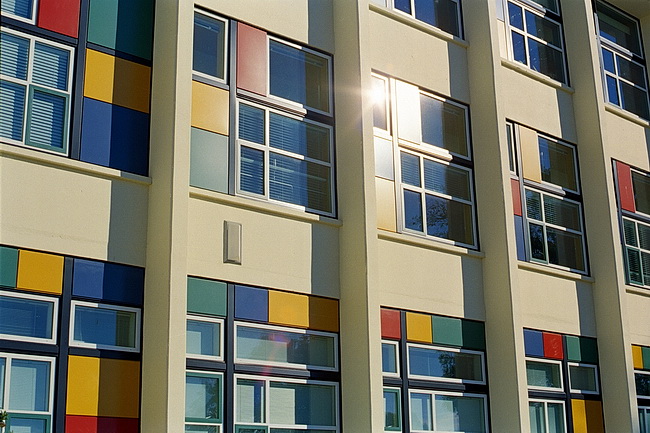
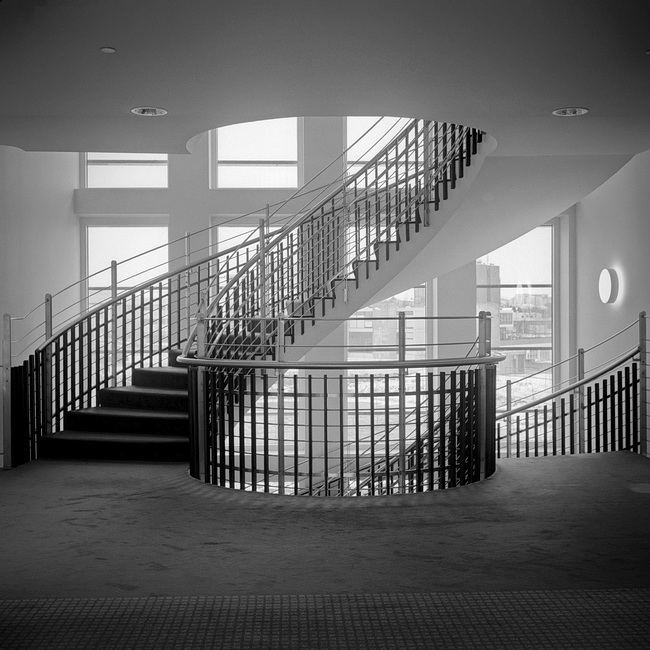
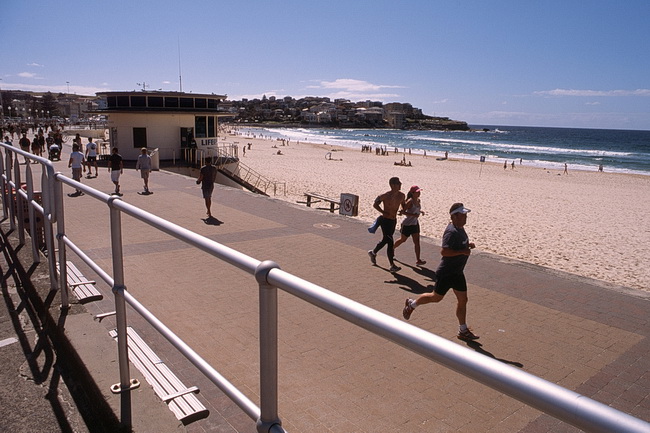
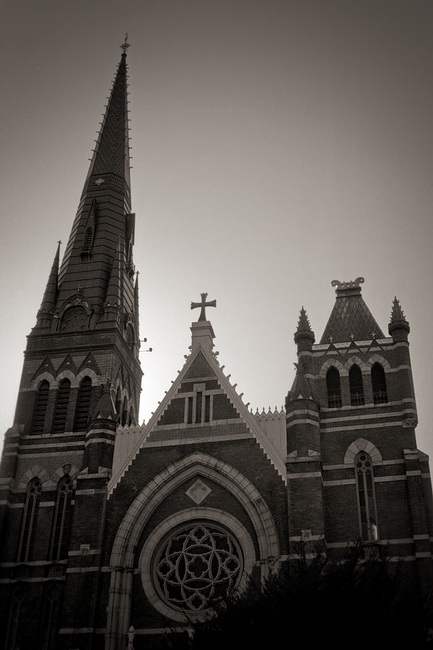
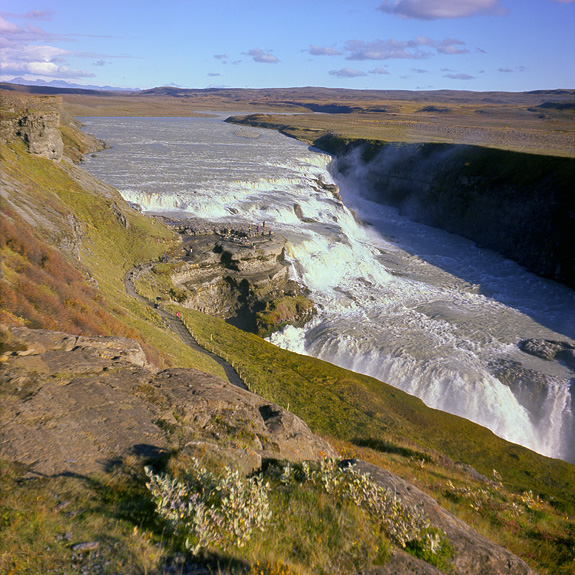
Very cool camera. I’ve actually been keeping an eye out for one at my local used camera shops, and I’ll gander on ebay every now and then. I don’t exactly need it but if I can find one at a cheap price I’ll be pretty happy.
I enjoyed your article.
I think when we write about our cameras we are always encouraged to get blog comments.
Thanks for your very good article on the Yashica FX-3. After reading your article I think I may buy one that’s sitting on a high shelf in an odd re-sale shop in Chicago.
Richard
Nice write up on a stylish little camera. Been keeping an eye out and finally came across one for a very nice price. Very lightweight body, cleaned it up a little, added fresh batteries and all seems to work well. Great advice for long exposures…. “One quirk …it’s a good idea to disable the light meter by removing the batteries.”
I read your article, liked it very much. Today 7/7/2012 I was looking at Popular Photography and saw some cameras and when looking through my stuff I found my Yashica FX-3 Super 2000. I went through website to find more info about my camera and was impress. I was planing to sell it but now I will use the camera and practice on it. Love the old style cameras. I own a digital camera but not a DSLR camera. I happy that I saw this article.
Well written and informative article. I just picked one of these up from eBay for a few pounds, bought primarily for the ML lens to use with my Yashica FRs. I have to say I was pleasantly surprised with this camera, very light and a great feel to it. The seals are in excellent condition too, and the body is all but unmarked. I really like fully manual SLR cameras, and this one will now go alongside my other Yashicas.
Man! That’s where the red glow comes from… I’ve been scratching my head over this for days now!! Thanx a lot!
Do you cover the viewfinder while taking long exposures too? Initially that’s where I thought the red glow came from.. but it has to be the dot. Anyone?
No, I don’t cover the viewfinder. Once I took the batteries out the red glow went away.
Gary; if youre unsure whether to cover the viewfinder or not, go with the safest option and do it, normally i just take the lens-cover and attach it with two strips of tape that i always carry in my camerabag!
I find the fx-3 super 2000 delightful for everything casual. Picked one up from a local thrift store for $15 USD. I find it very limiting with outdoor macro work. It is much easier to set focus, lock up the mirror manually on the F3 ($60 USD on Ebay with lens) or OM1($15 USD at thrift store with lens), time the passing breeze and use a cable release. Good natural outdoor light sometimes doesn’t last for more than a few seconds as clouds come in and out. You add the factor for wind and you’d get even fewer seconds to capture the moment. Mirror up with a self timer is virtually unusable in outdoor macro photography unless you live in a vacume. I do have to agree that some kind of mirror lock up is better than none but this implementation is far from ideal.
so this camera still can work if the batteries were dead?
Except for the light meter, yes.
I am sure your Yashica is a fine camera but I don’t think it’s fair to criticize other brands.My first manual camera was a Minolta x700 which I still use to this day aand love it more then my Minolta 7000 and my 7xi which both are very great cameras. As for my Olympus om1n you do realize it to has a lockup mirror, maybe you have just become to comfortable with your Yashica , me I love trying out different cameras even my Canon AE1 Program. The reason I have not invested in a dslr is because I view it as a giant point and shoot camera with fantastic features. To me manual cameras makes you a pro.I can operate any of my cameras without the use of a meter because I seen so many lighting situation I can usually determine what f numbers or shutter speed to use without the f 16 rule. So I am sure if I ever use a Yashica I will find the same enjoyment using it as with any other manual camera I get my hands on.I think I love getting it wrong just to go back and try it again.so my advice to film users, get out there and get into the moment of challenge and enjoyment.
Hardly an unfair criticism to note that the OM-1 and OM-2 lack the self-timer mirror-release pre-fire feature, which is something I find far more useful than the mirror lock up in the OM-1 (another feature the OM-2 lacks). But as I point out in my review of the Yashica, the Olympus OMs have a better build quality. And I think if you poke around this site you’ll find that, like you, I enjoy trying many different cameras. In fact, I rarely use the Yashica.
Very useful brief on the camera. I am a lucky owner of Yashica FX3 Super 2000. Have procured ISO 200 roll. Will start using it. Only problem is of developing and printing the film roll in this digital age. Thank you for review.
That was my very first slr. in the late 80’s i bought for my savings ( i was only 15 years old) i lent to one of my friends. he dropped it on the floor and that was the end of the Yaschica.
for sentimental reasons I’m looking now for a one.
Brilliant review!
I’ve recently gotten into film photography and was fortunate enough to stumble across this little gem while spring cleaning. It looks to be in working condition and nothing seems to be broken except for the light meter even after I’ve popped in some fresh batteries (which subsequently worked on my Pentax).
Not too sure what to make of it but was wondering if it’s worth taking it to a professional to get it fixed (that means needing to track down an old man/woman who still fixes manual cameras) or should I just deal with it and use a separate light meter instead?
Light meter issues with these are almost always power issues. When you look in the battery chamber, does it look as if the contacts are clean and shiny? Any sign of a previous battery leaking? Nine times out of ten, that’s the problem.
@Vin. I fix them. I’m in the UK though. Check my website at http://www.contax139.info.
Also,the shutter sound can be considerably improved with a little grease in the right place.
Yea, it’s August 2016…after reading your englightening article, I found this Yashica FX-3 Super 2000 with Ml 50mm F2.0 at my local camera shop in suprisingly good condition.
Apart from its fairly loud shutter I couldn’t help liking it; and have recently added an Ml 28mm F2.8. Now I am looking to add an external flash. Cheers, you coaxed me into a Yashica fan!.
Yashica FX-3 SuperThis was the first camera i ever bought, i paid 20 dollars for it at a second hand shop and it still takes the best pictures!
Hey,
I have a chance to purchase the same camera with ML 135mm f2.8 lenses
Or with DSB 50mm f1.9. Which lenses should I, in your opinion, choose?
Thank you
The 50mm is a *much* more versatile and useful lens. I have the 135mm (and 28mm), but rarely use it.
I discovered Yashica when I went looking for a replacement of my venerable Mamiya 1000DTL. I didn’t have the money to spend on Nikon and wanted a reliable all manual camera. I bought the Yashica FR brand new and also another Yashica body….I think it was the FXD. Got a power winder for the FR. Took both cameras and an assortment of lenses to Africa in 1985 along with an assortment of films. I shot hundreds of frames….maybe thousands…..and neither camera ever even hiccuped. I became enamoured with a Minolta auto-focus-exposure whiz-bang some time later. I hated it. It took my creativity away in favor of a glorified point and shoot camera which, it turns out, was the decision every camera maker made to mass market “photography”. I don’t take pictures much any more. My old Yashicas with a dozen or so manual lenses are in my storage unit….probably still work. I remember them fondly….along with my darkrooms and spending long hours in the dark getting it “just right”. If someone wanted to really piss me off back then, after viewing one of my gallery prints they could do so easily by asking me, “great shot–what kind of camera did you use?” As if the camera had much to do with it. I currently own two digitals….a simple point and shoot and a Fujifilm with a rather impressive non-interchangeable lens. They’re both auto everything….and yes, you can use the Fuji in manual mode I guess…..but by the time you get it to work that way you’ve probably lost the shot. Gone are the days where composition and light were so important. Today…Photoshop will fix anything. Sad.
I own a ridiculous number of film cameras and take great joy in shooting them. Today I stumbled across one of these sweet little Yashicas with the 50mm f/1.9 lens in a thrift store for $16. It was was filthy and the battery was dead (naturally) but everything else appeared to be working perfectly. After installing a fresh LR44 battery the meter came to life, but was not working smoothly. A couple drop of Ronsonol around the shutter release button and a few dozen advance and fire cycles has it working perfectly again. A good top to bottom cleaning and it is looking beautiful and is ready to go. Not to many of my manual cameras have a 1/2000 shutter speed. This should add some flexibility when shooting faster film. I just loaded a roll of Fujicolor Superia 400 and am going to take it for a spin in the morning. Thanks for the excellent review. It got me very excited to try out my latest addition!
Good luck with the camera. If it works to spec, I think you’ll find it a very capable shooter.
Hi Gary.
I’m so glad I found this blog/review!
A Super 2000 was bought for me by my stepdad back in the mid 90’s, I still have it, I’ve been using it a lot more lately too. I also have the ML28/2.8, ML50/1.9 & ML135/2.8C & a Contax Carl Zeiss 80-200/4 (which I actually bought initially to use on my Sony A7 for landscape/woodland) Anyway, I was looking up the metering mode of the FX3 as I couldn’t remember what it was & reading this review I caught the paragraph on night sky shots. I’ve taken some star trails on my last roll & there is red ‘light leak’ on the images, not enough to completely ruin them, but enough to notice. I presumed it was my headtorch light getting in through the viewfinder & I didn’t even think of the metering LED’s staying on!!
See, there’s always something to learn……
Thank you | Happy shooting!
Mirror lock up will block viewfinder stray light leak. Generally, better cameras that don’t have lock up might have the viewfinder blind.